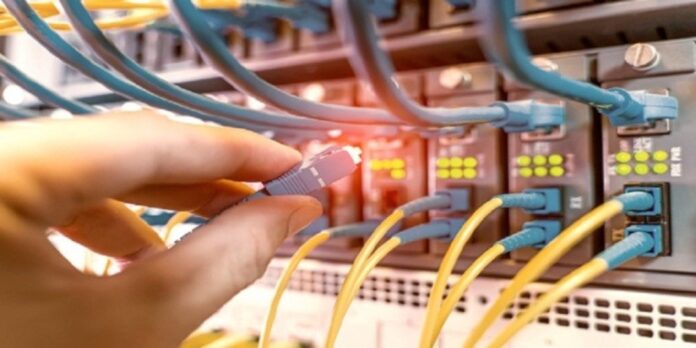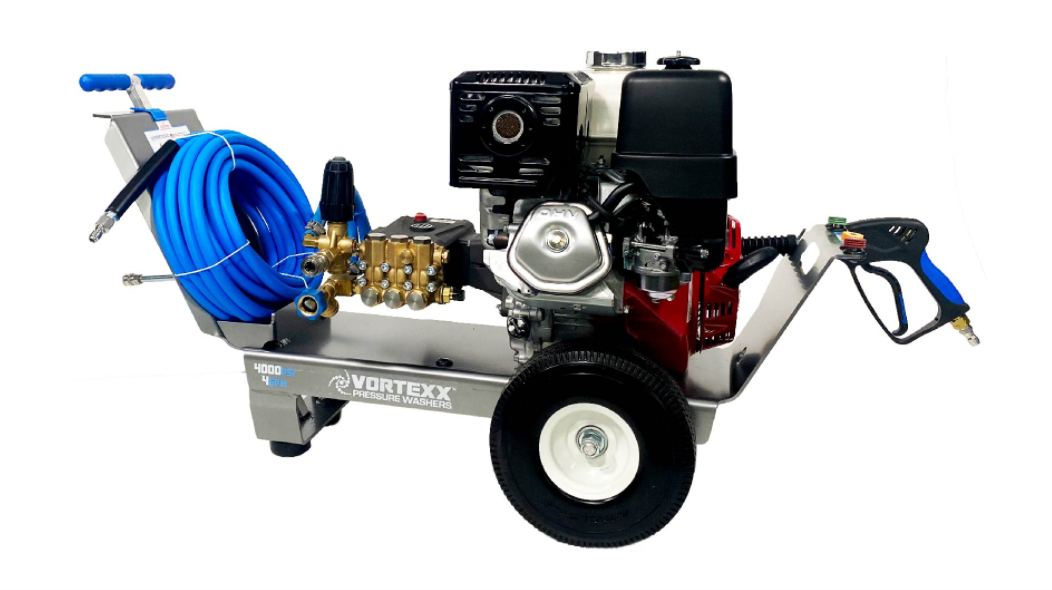Cable is a medium to transfer information & data between devices, switches, and routers. This media is the base of technology and devices. Cables are used for smooth data transmissions with other networks interference. During this wireless networking era, nothing can replace the importance of cables. The quality and speed of a network depend on it.
A few benefits of using the cables are:
- They can be installed and rearranged at any time & place
- Little network disturbance in extreme weather conditions
- Flexible for any change in the network without workflow disturbance
While selecting a cable for your network system, you need to consider many factors. This criterion includes price range, bandwidth, topology, electromagnetic interference, signal attenuation, and expansion capabilities.
Let’s have a look at all these points!
· Price Range
The price of cables depends on quality, type of cable, class, and length. Ensure to determine the cable application and which quality is suitable for that. Cable cables for complex networking are high due to their specifications and quality. An average ranged cable can meet all the local area network requirements. You can find different cables with each price from www.cakeycn.com. Go and check it out.
· Bandwidth
The bandwidth of the cable is directly related to the data transfer speed—the larger the bandwidth, the faster the data transfer rate.
· Signal Attenuation
It is the data transfer capability of a cable up to a specific distance without any alteration. If the cable has a higher signal attenuation rate, it means you don’t need to use any supportive equipment to improve the electric signal.
· Electromagnetic Interference (EMI)
EMI is the network interference due to photocopiers and fluorescent lights of equipment. A good-quality cable can resist this interference to provide you with better networking. If you have such devices in your system, ensure to choose an EMI-resistant cable.
· Expansion Capabilities
It’s easy for you to expand the network with an easy cable installation. The installation of cable can determine the network expansion capabilities. This feature provides you with greater flexibility in network relocation.
· Topology
While designing your network system, the first thing you need to consider is the type of topology. With this, you can easily determine the cable type and hardware components you will need to build the network.
Cable Installation Guide
During cable installation, there are a few simple points that you need to focus on:
- While purchasing the cable, buy more cable than your need. Tie the extra cable carefully.
- Ensure to select the cables in different colors if your network already has many.
- Check the network at each step during installation resolve the immediately (if any); otherwise, it will be difficult to resolve later.
- Use a cable protector if you need to run the cable across the floor.
- To retain cable position, use cable ties.
- Label both ends on every cable
- Maintain your distance from electrical interference sources.
Conclusion
A cable is a significant element of a networking system. You need to consider some important points while choosing the cable for your network.
The points that are mentioned above will provide you with perfect criteria for cable selection.














